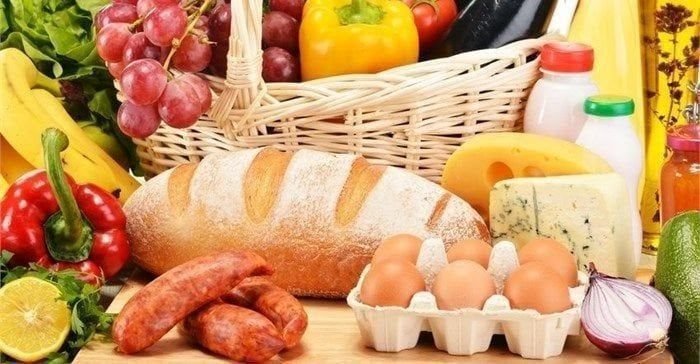Saturday, 22 November 2025

Image Source: Bizcommunity
The FAO Food Price Index edged up by 0.5 per cent in June 2025, driven by higher global prices for dairy, meat, and vegetable oils, even as cereals and sugar posted declines. According to the UN Food and Agriculture Organization (FAO), the index stood at 128.0 points, marking a 5.8 per cent increase year-on-year, although still significantly below its peak during the global food price crisis in March 2022.
Mixed Trends Across Commodities
The Cereal Price Index fell by 1.5 per cent, reflecting abundant global maize supplies—particularly from Argentina and Brazil—and softer rice demand. Sorghum and barley prices also declined, while wheat prices rose, fuelled by weather concerns in major producing regions like the EU, Russia, and the U.S.
The Vegetable Oil Price Index climbed by 2.3 per cent, led by a near 5 per cent increase in palm oil prices amid strong global demand. Soy oil prices followed upward on expectations of rising biofuel demand in Brazil and the U.S., and tighter soybean supply from South America. Rapeseed oil firmed due to constrained global stocks, whereas sunflower oil prices eased thanks to better production outlooks in the Black Sea region.
The Meat Price Index surged 2.1 per cent, reaching a new all-time high, with price increases across bovine, pig, and ovine meats. Poultry prices, however, continued to decline amid subdued demand and recovering supply.
In the dairy segment, the index posted a 0.5 per cent rise, mainly due to butter prices hitting a new record high. Tight supplies from Oceania and the EU, paired with robust demand from Asia, contributed to the surge. Cheese prices rose for a third straight month, while milk powder prices slipped on high inventories and soft international demand.
The Sugar Price Index recorded its fourth consecutive monthly drop, falling 5.2 per cent in June to its lowest level since April 2021. The decline reflects strong production prospects in Brazil, India, and Thailand, driven by favourable weather and expanded cultivation.
Global Cereal Output Forecast Hits All-Time High
In its latest Cereal Supply and Demand Brief, the FAO projects global cereal production in 2025/26 to hit a record 2,925 million tonnes, up 2.3 per cent from 2024. This revision is largely due to improved expectations for wheat, maize, and rice, though hot and dry weather in some areas remains a concern for yield potential—particularly for maize.
Wheat output is forecast at 805.3 million tonnes, supported by strong yields in India and Pakistan. Maize production is set to rise, buoyed by Brazil’s favourable growing season and an expanded sowing area in India, offsetting lower outputs in Ukraine and parts of Europe. Global rice production is expected to reach a record 555.6 million tonnes (milled basis), with upward revisions for India, Bangladesh, Pakistan, and Viet Nam.
Global cereal utilization is forecast at 2,900 million tonnes in 2025/26—0.8 per cent higher than the previous year—driven by increased demand for coarse grains and rice. Consumption growth is linked to rising food demand and ongoing ethanol blending in countries like India. Cereal stocks are expected to end the season at 889.1 million tonnes, up 2.2 per cent, with the global stocks-to-use ratio projected at 30.3 per cent, signalling a relatively comfortable supply outlook.
Meanwhile, global cereal trade in 2025/26 is projected at 486.9 million tonnes, a 1.2 per cent rise from last year. Rice trade is set to hit a new peak of 60.8 million tonnes, while wheat exports are also expected to increase. Maize trade, however, may dip slightly due to regional imbalances.
Focus on Strategic Reserves and Market Resilience
Alongside the commodity data, FAO’s Agricultural Market Information System (AMIS) released its July Market Monitor, which includes a feature on strategic grain reserves (SGRs). The article offers policy guidance to keep SGRs “small, simple, and smart,” reinforcing the importance of well-managed reserves in stabilising markets without distorting prices or trade flows.
As the global food system navigates volatile weather, shifting trade patterns, and geopolitical uncertainties, June’s data points to resilient supply dynamics in grains and cereals. However, cost pressures in protein and oil segments, coupled with growing climate risks, remain key watchpoints for global food security in the second half of 2025.